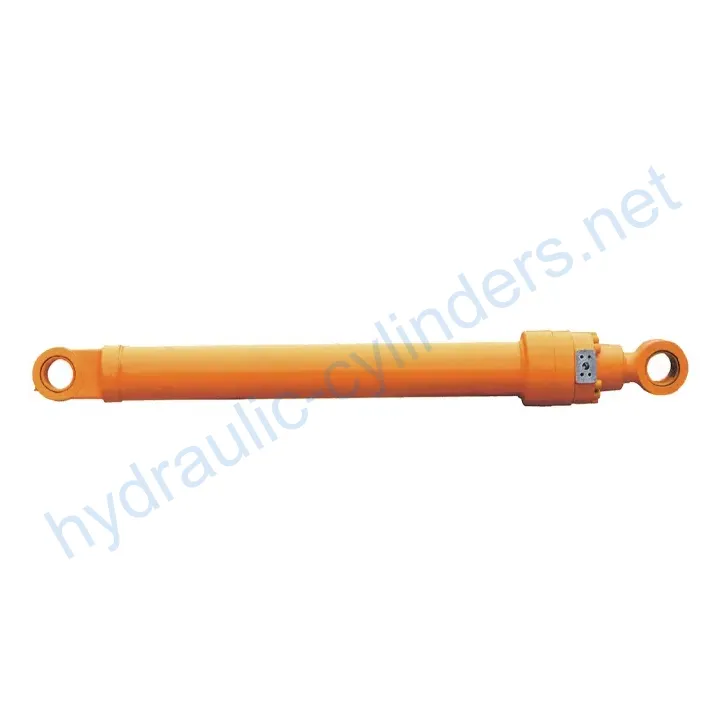Boom Cylinder For Kato Small Excavator HD250-7
Jako jeden z výrobců, dodavatelů a vývozců hydraulických válců nabízíme hydraulické válce a mnoho dalších výrobků.
Kontaktujte nás, prosím, pro podrobnosti.
Mail:sales@hydraulic-cylinders.net
Výrobce, dodavatel a vývozce hydraulických válců.
Boom Cylinder For Kato Small Excavator HD250-7
Product Overview
The Boom Cylinder for Kato Small Excavator HD250-7 is an essential component that plays a critical role in the operation of hydraulic systems in construction machinery. A bucket cylinder, specifically designed for controlling the movement of buckets in heavy equipment such as excavators, backhoe loaders, and front loaders, allows for the lifting, lowering, and tilting of the bucket. This functionality is crucial for efficient material handling tasks.
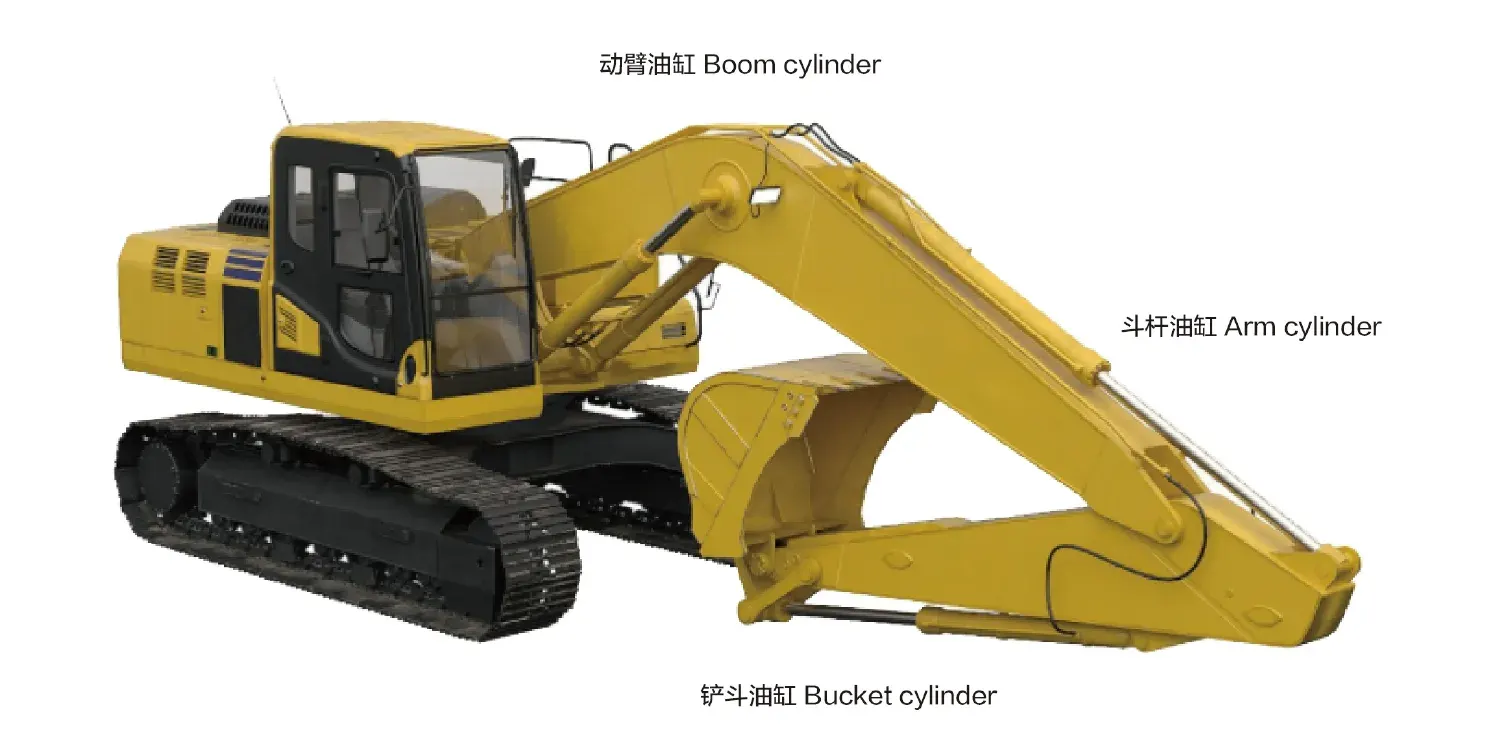
By utilizing hydraulic oil pressure, bucket cylinders ensure smooth and efficient operation, which is vital for both productivity and safety on the job site. The precise control they offer enables operators to maneuver heavy materials with ease, making them indispensable in various applications ranging from construction to agricultural operations.
Features of the Boom Cylinder
- High Strength and Durability: Manufactured from high-strength steel or aluminum, this cylinder can withstand high pressure and heavy loads, making it suitable for harsh working environments. Its design also considers wear resistance and corrosion protection, extending its lifespan.
- Efficient Hydraulic Operation: The cylinder employs hydraulic oil pressure to achieve smooth extension and retraction, allowing for quick responsiveness to operator commands and providing substantial lifting force, well-suited for handling heavy and complex tasks.
- Diverse Types Available: Depending on operational needs, customers can choose between single-acting (hydraulic action in one direction) or double-acting (hydraulic action in both directions) cylinders. Some models feature a telescoping design, offering greater reach without increasing external size, ideal for applications with limited space.
- Custom Manufacturing: Our production capabilities allow us to manufacture cylinders that perfectly replace existing hydraulic cylinders, ensuring compatibility and performance in various machinery.
- Versatile Applications: This cylinder is not limited to a single type of machine; it is adaptable for various heavy equipment models, making it a valuable asset in multiple industries.
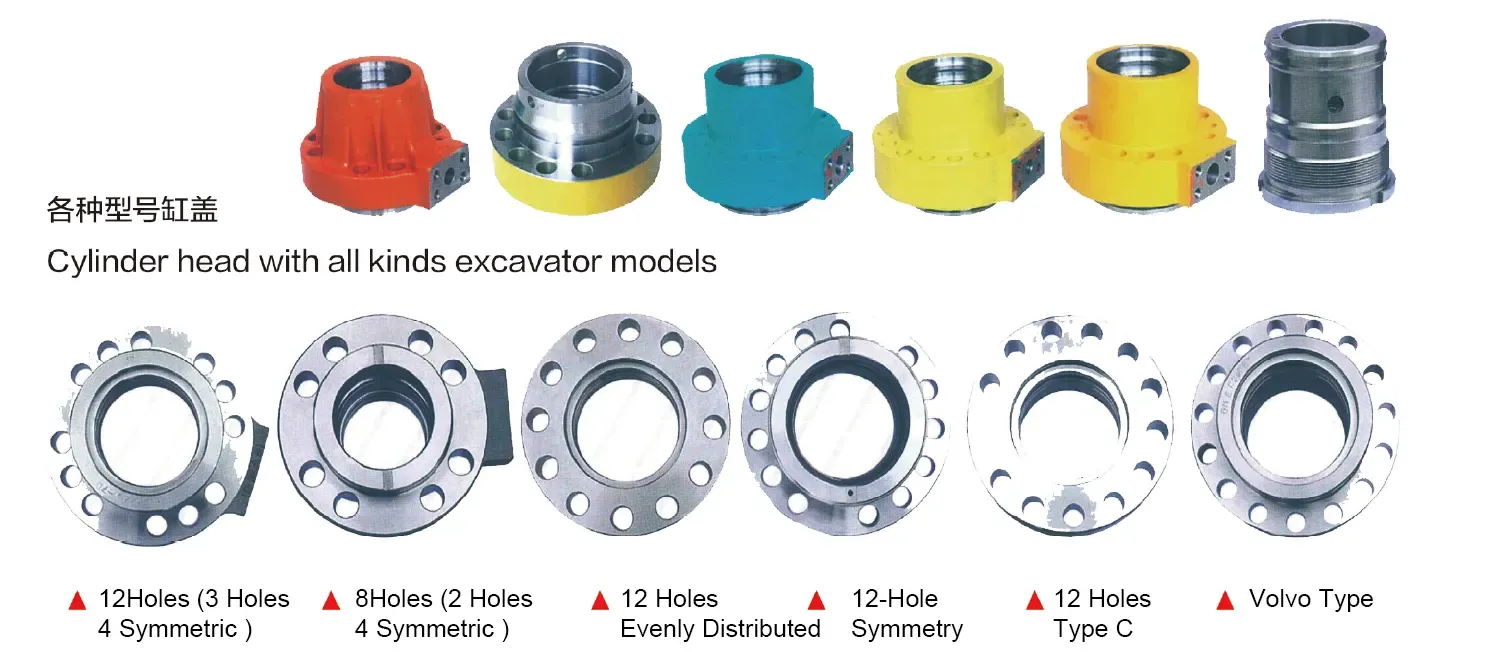
Applications of the Boom Cylinder
Construction Equipment
In excavators, boom cylinders are pivotal for digging, loading, and moving earth or debris. They facilitate the movement of the bucket, which is essential for tasks such as trenching and site preparation. In backhoe loaders, the bucket cylinder assists in both excavation and lifting, allowing for a wide range of tasks without changing equipment.
Agricultural Machinery
In front-end loaders, boom cylinders are essential for scooping, lifting, and transporting soil, hay, and other materials. Their strength and efficiency make them ideal for agricultural tasks, where the movement of heavy loads is frequent.
Excavators
Boom cylinders allow excavators to penetrate the ground effectively, enabling the digging process to be executed with precision. They provide the necessary force to break through tough soil, making them a vital component in construction and landscaping operations.
Loaders
In front loaders, boom cylinders help in lifting and dumping loads efficiently. Their design ensures that operators can move and discharge materials with minimal effort, enhancing productivity on the job site.
Design Considerations and Selection Criteria
Load Capacity
When selecting a boom cylinder, load capacity is a primary consideration. The cylinder must be able to handle the maximum load expected during operations without compromising safety or performance. This involves thorough calculations and testing to ensure reliability. Engineers must assess the weight of the material being moved, the force exerted during operation, and the safety factors necessary to prevent failure.
Sealing Integrity
Effective sealing is crucial for hydraulic cylinders as it prevents leaks and maintains pressure within the system. High-quality seals made from durable materials like polyurethane and nitrile rubber are essential to withstand the operational conditions. Regular inspection and potential replacement of seals can prolong the cylinder’s operational life and ensure consistent performance.
Durability
Durability is a major factor in the design of boom cylinders. These cylinders must endure harsh environments, including exposure to dust, moisture, and chemicals. Selecting materials that resist corrosion and wear extends the lifespan of the cylinder and reduces maintenance costs. Engineers also incorporate design features that enhance resilience against impacts and abrasive materials encountered during use.
Safety Features
Safety should never be compromised when designing hydraulic cylinders. Incorporating features such as pressure relief valves helps prevent over-pressurization, which can lead to catastrophic failures. Additionally, incorporating redundant systems and regular maintenance checks contribute to operational safety in the field.
Maintainability
Ease of maintenance is an essential aspect of design. Cylinders should be designed with accessibility in mind, allowing for quick inspections and repairs. Incorporating replaceable parts can reduce downtime and maintenance costs, making it easier for operators to maintain equipment in optimal condition.

Sealing and Lubrication of the Cylinder
Effective sealing and lubrication are critical components of the performance and longevity of hydraulic cylinders. Various seals, such as piston seals and rod seals, ensure that hydraulic fluid remains contained within the cylinder, preventing leaks and maintaining pressure. The choice of seal materials, including abrasion-resistant polyurethane and nitrile rubber, is essential for ensuring durability against wear and environmental factors.
Furthermore, the cylinder body and threaded ends require fine machining to enhance wear resistance. Regular lubrication is also necessary; operators must periodically check and refill hydraulic oil to maintain optimal performance. Proper lubrication reduces friction, enhances the efficiency of the hydraulic system, and prolongs the life of the seals and the entire hydraulic cylinder.
Regular Inspection and Preventive Maintenance
- Scheduled Inspections: Regularly inspect the boom cylinder for any signs of wear, damage, or leaks. Early detection of issues can prevent more significant problems and costly repairs down the line.
- Lubrication: Implement a routine lubrication schedule to ensure that all moving parts are adequately lubricated. This minimizes wear and tear, enhancing the overall performance of the hydraulic system.
- Seal Replacement: Monitor the condition of the seals and replace them as necessary. Worn seals can lead to fluid leaks, reducing the efficiency of the hydraulic system and risking equipment failure.
Installation Guidelines
Proper installation of the boom cylinder is crucial for ensuring optimal performance and safety. Begin by preparing the installation site, ensuring that all components are clean and free of debris. Align the cylinder correctly with the mounting brackets and use appropriate mounting hardware to secure it in place. It’s essential to follow the manufacturer’s specifications regarding torque settings for any fasteners to avoid damaging the cylinder.
Ensure that the hydraulic lines are correctly connected and that there are no obstructions in the flow path. After installation, bleed the hydraulic system to remove any air pockets, which can affect performance. Finally, conduct a thorough inspection of the installed cylinder to confirm that all components are securely fastened and operate smoothly.
Common Maintenance Tasks
- Regular Inspections: Schedule regular inspections to check for signs of wear or damage. Consistent monitoring can help identify potential issues before they escalate, ensuring the longevity of the boom cylinder and the machinery it supports.
- Proper Lubrication: Maintain a proper lubrication schedule for the hydraulic system. Using the correct type and amount of hydraulic oil is vital for ensuring smooth and efficient operation. Over-lubrication or under-lubrication can lead to serious malfunctions.
- Seal Replacement and Calibration Checks: Regularly check seals for wear and replace them as necessary. Calibration of the hydraulic system ensures that all components are functioning within their designed parameters, which is vital for safe and effective operation.
During installation, it is important to align the cylinder correctly to avoid undue stress on the components. Utilize suitable mounting brackets to secure the cylinder. Following recommended inspection, repair, and replacement procedures will help to enhance the lifespan of the boom cylinder and improve operational efficiency.
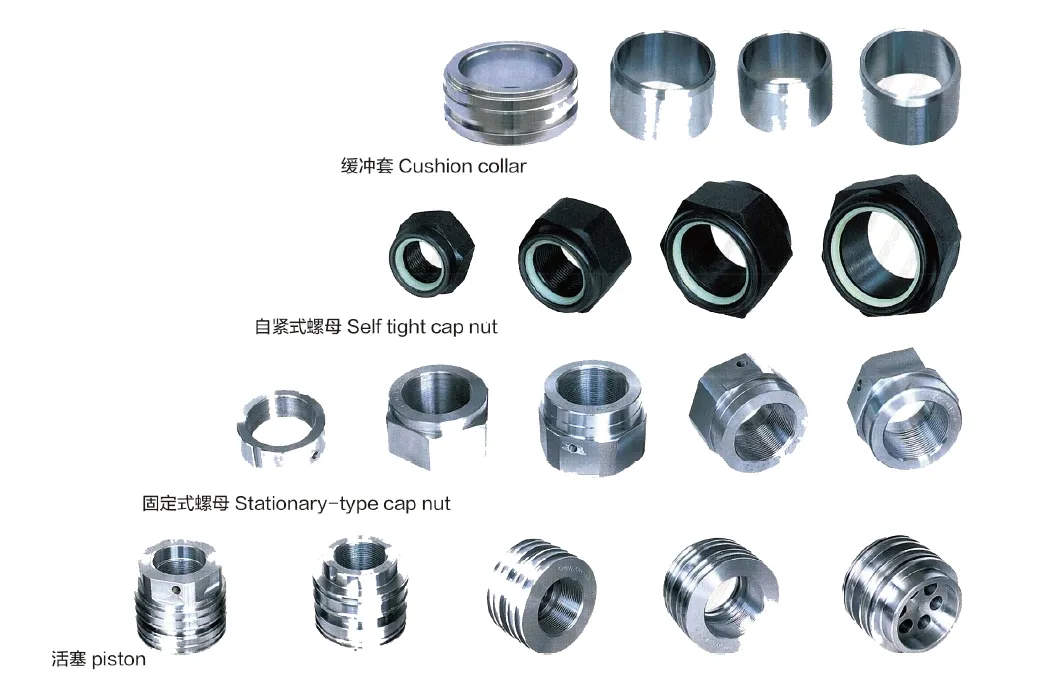
Safety Considerations and Environmental Factors
When using hydraulic equipment, safety measures are paramount. Operators should wear appropriate personal protective equipment (PPE) and be trained in safe operating procedures. Regular training sessions can help personnel stay informed about the risks associated with hydraulic systems and best practices for operating heavy machinery. Additionally, environmental factors, such as the operating environment’s temperature and humidity, can affect hydraulic performance. Ensuring that all components are rated for the expected conditions helps to mitigate risks.
Fault Diagnosis and Common Issues
- Leaking Seals: One of the most common issues in hydraulic cylinders is leaking seals. This can often be identified by the presence of hydraulic fluid around the cylinder. Regular inspection and immediate replacement of worn seals are crucial for maintaining performance.
- Reduced Cylinder Speed: If the boom cylinder operates slower than usual, this may indicate a blockage in the hydraulic lines or low hydraulic fluid levels. Checking fluid levels and ensuring that lines are clear can resolve this issue.
- Inconsistent Movement: If the cylinder does not extend or retract smoothly, it may be due to air trapped in the hydraulic system. Bleeding the system can typically resolve this issue, restoring smooth operation.
Troubleshooting Tips and Solutions
To effectively diagnose and address issues, operators should have a clear understanding of the hydraulic system’s operation. Regular training on troubleshooting techniques can empower personnel to identify and resolve problems efficiently. For example, if leaks are detected, inspecting seals and connections can often pinpoint the source of the issue. If performance issues arise, checking hydraulic fluid levels and the condition of hoses and fittings can help identify the cause.
Preventive measures, such as routine maintenance and inspections, can significantly reduce the likelihood of problems occurring. Establishing a comprehensive maintenance schedule that addresses regular inspections, lubrication, and seal replacements will help to minimize potential issues and ensure the hydraulic system operates smoothly.
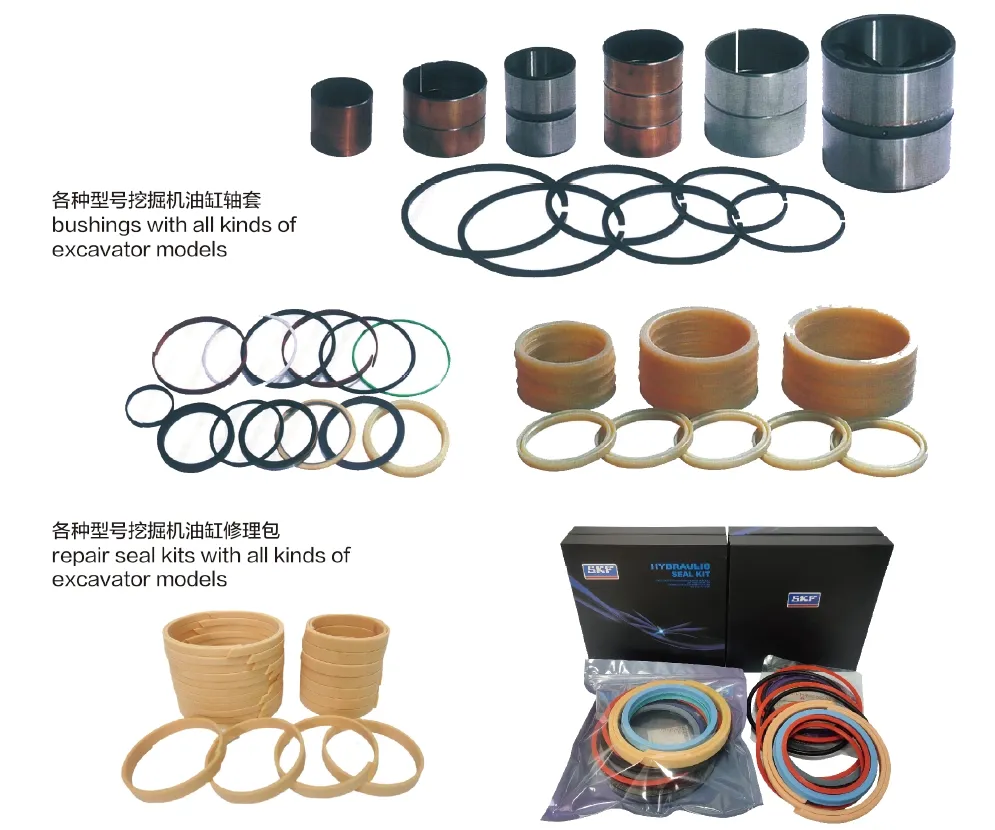
Company Profile
We are a leading manufacturer of replacement hydraulic cylinders with a comprehensive range of products, establishing ourselves as a prominent player in both domestic and international markets. Our commitment to excellence is reflected in our meticulous manufacturing management strategies, which leverage high-end digital production equipment and specialized testing systems.
Our team of skilled professionals continuously enhances our manufacturing platform, ensuring high efficiency, precision, and quality. We offer customized services to meet diverse client needs while adhering to international standards and certifications.
Our dedication to customer satisfaction extends beyond the sale, as we provide robust after-sales support to ensure reliability and performance of our products in the field.
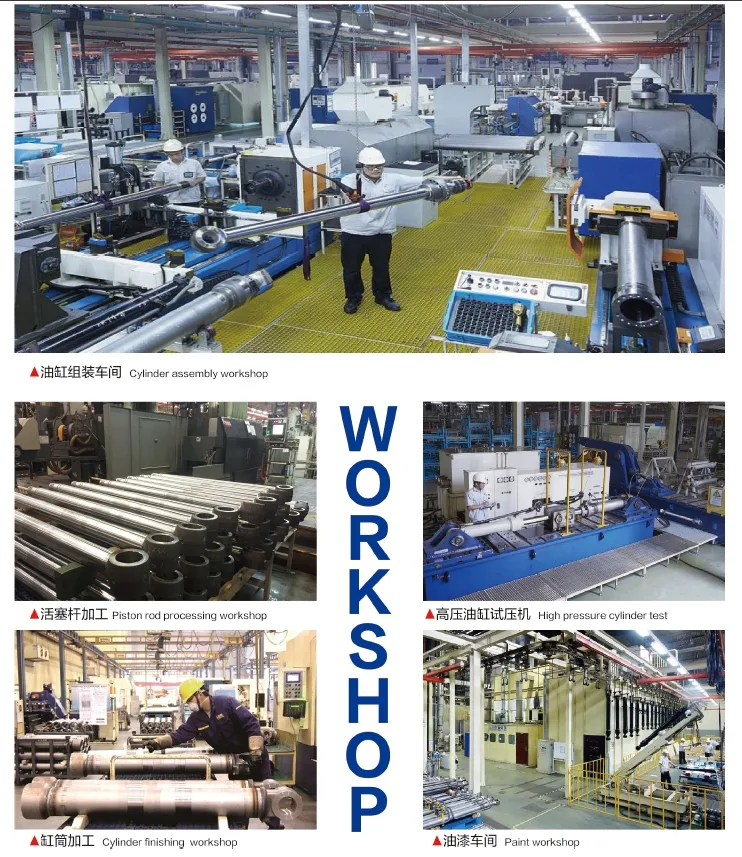
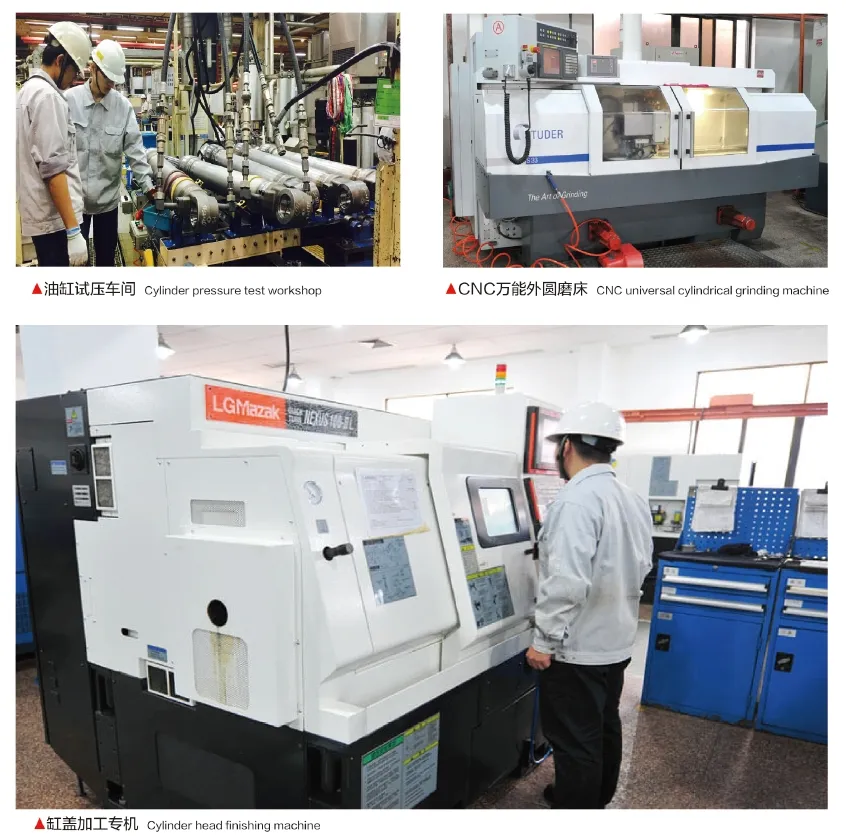
Author: lyl
Take a Tour of Our VR Factory:
Take a tour of our VR factory with the following
Hydraulic Cylinder Application:


